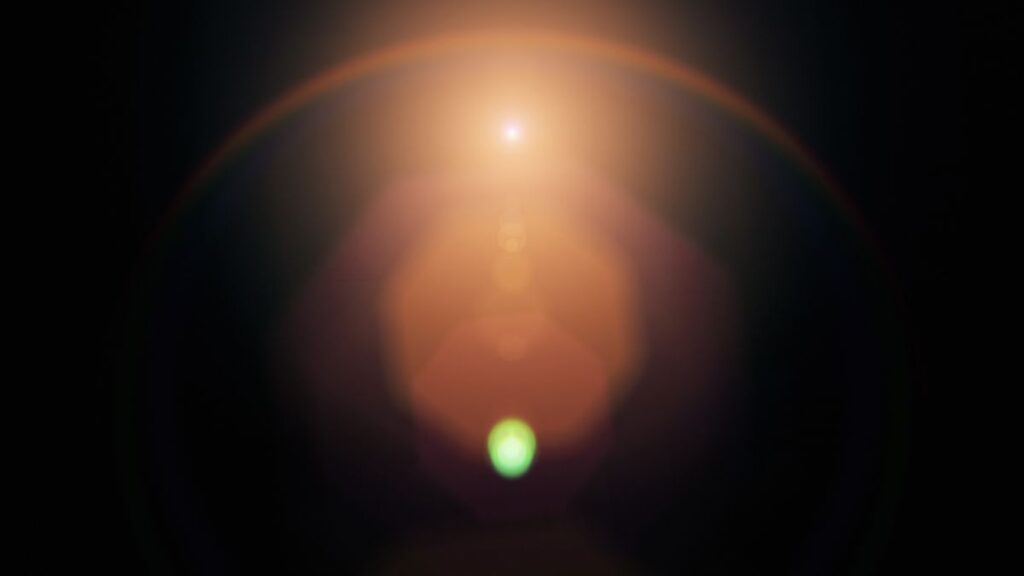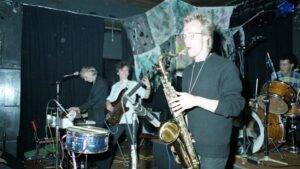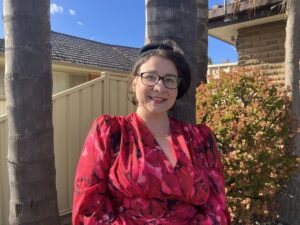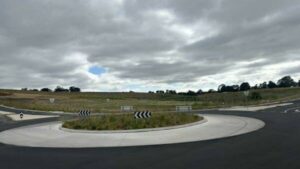
New research has established a connection between mysterious lights observed in the sky during the 1940s and 1950s and historic nuclear testing. An analysis led by anesthesiologist Stephen Bruehl from Vanderbilt University and theoretical physicist Beatriz Villarroel from Stockholm University indicates that these lights may be linked to nuclear weapons activity, providing significant data beyond anecdotal eyewitness reports.
The findings stem from an examination of archival astronomical observations alongside eyewitness accounts. The researchers argue that the onset of the nuclear age left unique signatures in the astronomical record even before the dawn of the Space Age.
Significant Observations from Mount Palomar
Between 1949 and 1958, the Mount Palomar Observatory conducted the first Palomar Observatory Sky Survey (POSS-I), aiming to comprehensively map the northern sky. Later sky surveys revealed that some lights recorded during POSS-I did not appear in subsequent observations, leading scientists to classify them as transients—points of light that vanish before the next observation.
Initially attributed to defects in the photographic plates, Villarroel has spearheaded the Vanishing and Appearing Sources during a Century of Observations (VASCO) project to examine changes in the night sky over a century. In a prior study published in 2021, Villarroel’s team concluded that some POSS-I transients could not be easily explained by plate defects, although this view remains debated among researchers.
Bruehl and Villarroel sought to investigate whether certain ambiguous transients could be linked to anthropogenic or atmospheric phenomena, specifically focusing on above-ground nuclear tests from the mid-20th century alongside recorded UAP sightings.
Correlations Found with Nuclear Testing
The research team analyzed data spanning 2,718 days, correlating the appearance of transients with known dates of nuclear tests conducted by the United States, Soviet Union, and Britain. The results revealed that transients occurred 45 percent more frequently during a nuclear test window, which includes the day before and after a test. Notably, the day following a nuclear test showed a remarkable 68 percent increase in the likelihood of a transient appearing in the POSS-I data.
When the researchers examined UAP sightings in conjunction with transient data, they found a smaller, yet intriguing connection. On days with multiple UAP reports, the likelihood of observing a transient rose by 8.5 percent for every additional UAP report.
These observations suggest a potential link between UAP reports and nuclear testing, a correlation that has not been previously documented in scientific literature. Although the findings do not explain the nature of the observed transients, they support the notion that both transients and some UAP sightings are genuine phenomena.
Bruehl and Villarroel emphasize that if the transients were merely due to photographic plate defects, one would not expect them to cluster around specific dates as their analysis indicates. Furthermore, the lack of awareness regarding transients and the dates of nuclear tests among witnesses further reduces the likelihood of observation bias.
“Regardless of what transients are ultimately determined to be, our results add to growing evidence supporting the interpretation of transients as real observations rather than as emulsion defects,” the researchers stated.
The implications of these findings could enhance the understanding of both transients and UAP sightings, with further investigations needed to clarify the relationships observed. The research has been published in Scientific Reports, marking a significant contribution to the discourse surrounding anomalous aerial phenomena and their historical context.






